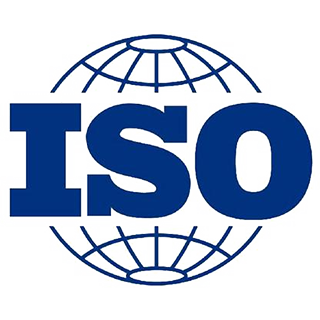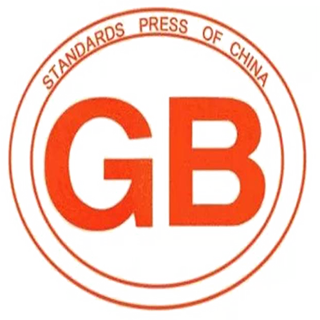



Scope of application
Suitable for waterproofing, anti-seepage and moisture-proofing of roofs, walls, pools and swimming pools of various new and old buildings.
Product description
JX 312 acrylic waterproof coating is made of polymer acrylic emulsion as the basic raw material, with a certain amount of modifiers, active agents, additives and pigments. The coating film is tough and elastic, with strong adhesion. It forms a complete waterproofing system combining rigidity and softness with the base layer to adapt to structural deformation and achieve long-term waterproofing and impermeability.
Product Categories
Divided into Category I and Category II according to physical properties
Implementation standards
" Polymer Emulsion Architectural Waterproof Coating " J C/ T864-2008
Features
(1) Excellent low temperature resistance, no cracks when disassembled at -30 ℃
(2) Excellent aging resistance and strong UV resistance, extending the service life of the roof;
(3) Can be constructed on wet base surfaces, has a certain degree of air permeability, and does not cause bulging or peeling;
(4) Super strong adhesion, suitable for masonry, concrete, glass , wood, metal, gypsum, rubber, mortar and other base surfaces;
(5) Non-toxic and harmless, zero VOC , safe and environmentally friendly;
(6) Convenient construction, fast curing, high efficiency and short construction period;
(7) Can be combined into a colored protective surface layer to beautify the environment.
Construction technology
Base layer processing → Detailed node processing → Apply one, two and three layers of JS waterproof coating to a large area → Reach the required thickness → Self-inspection → Finished product protection → Quality acceptance
(1) Cleaning the base: Use appropriate tools to clean the base. There should be no floating dust, debris, or open water.
(2) Roller brush primer: The purpose of primer is to improve the adhesion between the coating film and the base layer. When the base layer is wet or used on a clean base layer that does not absorb water, no primer is required (the specifics will depend on the site conditions) .
(3) Additional treatment of details: A layer of reinforced cloth should be added to areas prone to water leakage such as floor drains, pipe roots, and yin and yang corners.
First, use a rubber scraper or paint brush to apply the paint evenly with a width of 500mm, and immediately paste the reinforced cloth for reinforcement. When pasting the reinforced cloth, use a paint brush to spread it flat and make it fit closely with the lower layer of paint. The overlap width is 100mm. Then apply one to two layers of paint on the surface to make it reach the thickness required by the design.
(4) Apply the first coat: After the detailed nodes are processed and the coating film is dry, the first large-surface coating is applied. The paint should be applied evenly without any local deposition, and should be scraped multiple times to ensure that no air bubbles remain between the paint and the base layer.
(5) Apply the second coat: After the first coat is dry (generally based on the fact that it is not sticky to the touch), apply the second coat in a direction perpendicular to the first coat. Dry before applying the next coat until the design thickness is reached.
(6) During construction, inspections should be made while painting, and defects should be repaired promptly.
On-site construction workers and quality inspectors must follow the inspection. Only after passing the inspection can the next coating construction be carried out. Pay special attention to the intersections and corners of flat surfaces and facades. , Is the method of yin and yang angle correct? After passing the self-inspection, report to the supervisor/construction party for overall acceptance of the waterproof layer.
(7) After the first acceptance of the coating film, the construction party should provide soft protection on the surface of the coating film, such as covering cartons, PE films, etc., so that the waterproof layer will not be damaged during the installation of pipelines or subsequent construction processes.
After the pipeline is installed and before the mortar protective layer is applied, remove the soft protection and check the waterproof layer again. If there is any damage, it must be repaired in time, and then the mortar protective layer is applied. It is strictly forbidden to drill holes after the construction of the waterproof layer. If necessary, please contact the coating contractor in time for timely repairs to avoid the risk of leakage.
Precautions
(1) The next coat must wait until the previous coat is dry. If there is slight precipitation during the construction process, the paint should be stirred evenly before use.
(2) The upper and lower painting directions should be perpendicular to each other.
(3) After the coating construction is completed, it should be naturally cured for 7-9 days.
Transportation and storage
Products should be stored in a ventilated, dry place, protected from direct sunlight, and the storage temperature should not be lower than 0°C. During transportation, it should be protected from freezing, rain, exposure, squeezing, and collision, and the packaging should be kept intact .



